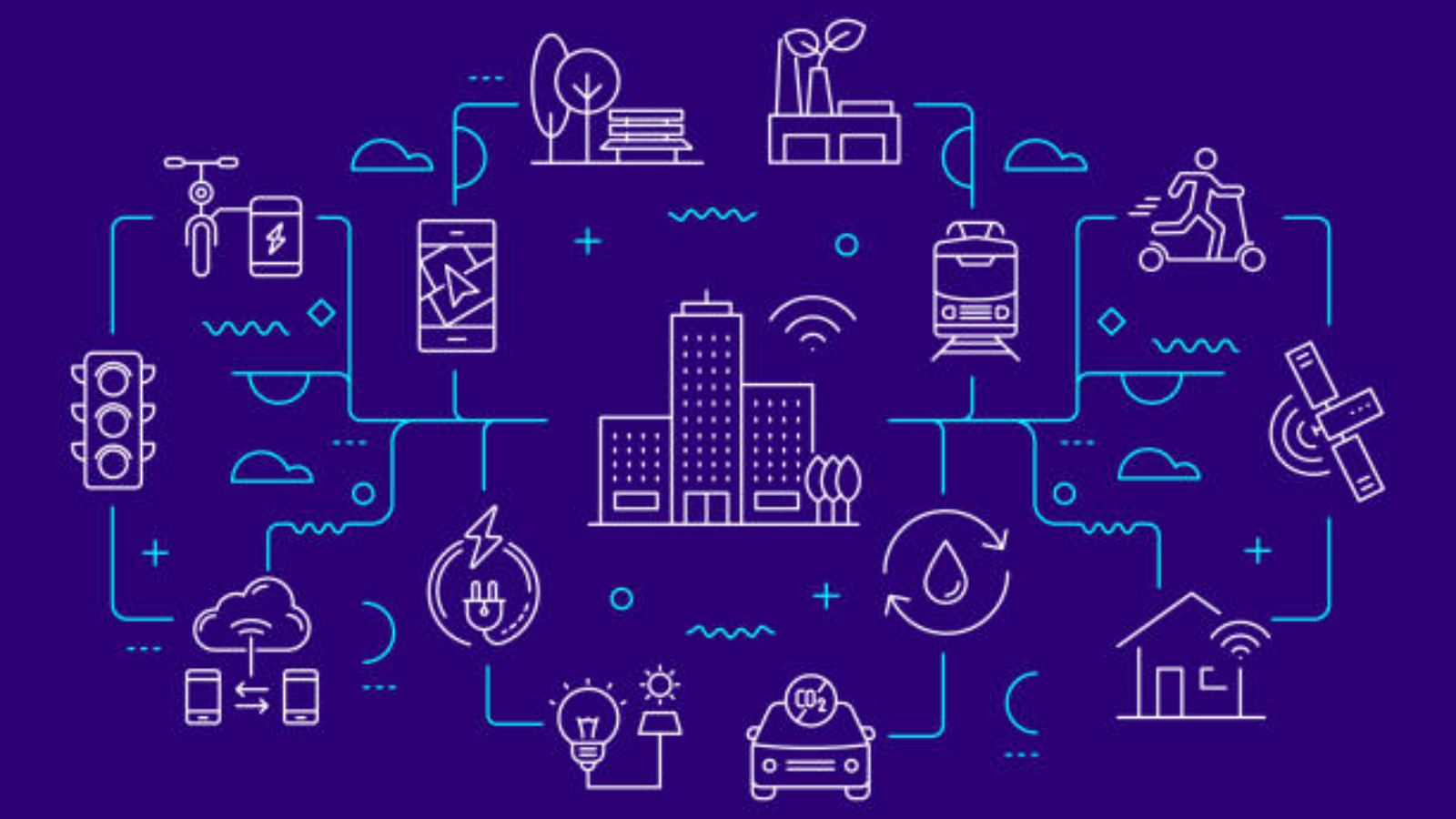In this Article
Introduction
In an age where technology is rapidly evolving, the concept of smart cities has emerged as a beacon of innovation, promising to revolutionize urban living. Smart cities leverage cutting-edge technology to enhance the quality of life for residents, optimize city operations, and promote sustainability. This article aims to provide a comprehensive overview of smart city technology, exploring its core components, benefits, and challenges.
By the end, you’ll have a clear understanding of how smart cities are shaping the future and what it means for urban living.
Guide to Smart City Technology
A smart city utilizes digital technology and data analytics to improve the efficiency and effectiveness of urban services. This involves integrating information and communication technology (ICT) with various physical devices connected to the Internet of Things (IoT) to optimize the city’s infrastructure and services. The ultimate goal is to create a more livable, sustainable, and efficient urban environment. Core Components of Smart City Technology include:
1. IoT and Connectivity
The Internet of Things (IoT) is the backbone of smart city technology. IoT involves connecting everyday objects to the internet, allowing them to send and receive data. In a smart city, IoT devices can range from streetlights and traffic signals to waste management systems and public transportation. The connectivity provided by IoT enables real-time monitoring and management of city services, leading to increased efficiency and reduced costs.
Key Points:
- Smart Infrastructure: IoT-enabled infrastructure such as smart grids, water management systems, and energy-efficient buildings.
- Real-time Data Collection: Sensors and devices collect data on various aspects of city life, from air quality to traffic flow.
- Interconnectivity: Different systems and devices communicate with each other to provide a cohesive and responsive urban environment.
2. Data Analytics and Artificial Intelligence (AI)
Data is the lifeblood of a smart city. The vast amounts of data collected by IoT devices need to be analyzed to extract meaningful insights. This is where data analytics and AI come into play. By analyzing data, cities can identify patterns, predict future trends, and make informed decisions.
Key Points:
- Predictive Analytics: Using historical data to predict future events, such as traffic congestion or energy consumption.
- Machine Learning: AI algorithms learn from data to improve the efficiency of city services over time.
- Decision Making: Data-driven insights help city planners and administrators make informed decisions to enhance urban living.
3. Sustainable Solutions
One of the primary goals of smart city technology is to promote sustainability. This involves implementing solutions that reduce the city’s carbon footprint, conserve resources, and promote a healthier environment.
Key Points:
- Renewable Energy: Integration of solar, wind, and other renewable energy sources into the city’s power grid.
- Efficient Waste Management: Smart waste management systems that optimize collection routes and recycling processes.
- Green Transportation: Promotion of electric vehicles, bike-sharing programs, and public transportation to reduce emissions.
4. Citizen Engagement
A smart city is not just about technology; it’s also about people. Citizen engagement is crucial for the success of any smart city initiative. By involving residents in the decision-making process and providing them with tools to interact with city services, cities can create a more inclusive and responsive urban environment.
Key Points:
- Mobile Apps: Apps that allow residents to report issues, access city services, and receive real-time updates.
- Community Platforms: Online platforms that facilitate communication between residents and city officials.
- Public Participation: Initiatives that encourage residents to participate in city planning and development projects.
Benefits of Smart City Technology
Smart city technology offers numerous benefits that can transform urban living. These benefits include:
- Improved Quality of Life: Enhanced city services lead to a better quality of life for residents.
- Economic Growth: Smart cities attract businesses and investors, driving economic growth.
- Environmental Sustainability: Sustainable solutions reduce the city’s environmental impact.
- Operational Efficiency: Optimized city operations lead to cost savings and increased efficiency.
Challenges and Considerations
While the benefits of smart city technology are significant, there are also challenges that need to be addressed. These include:
- Data Privacy and Security: Ensuring the privacy and security of residents’ data is paramount.
- Infrastructure Costs: The initial cost of implementing smart city technology can be high.
- Interoperability: Ensuring that different systems and devices can work together seamlessly.
- Digital Divide: Ensuring that all residents have access to the benefits of smart city technology.
Conclusion
Smart city technology represents the future of urban living. By leveraging IoT, data analytics, and sustainable solutions, cities can enhance the quality of life for residents, promote economic growth, and create a more sustainable environment. While there are challenges to overcome, the potential benefits make smart city technology a worthwhile investment. As we move forward, it’s essential to continue exploring and implementing innovative solutions to create the cities of tomorrow.
How Can We Help?
The AlphaX ecosystem is designed to address the challenges of smart city implementation. Our comprehensive suite of solutions includes IoT devices, data analytics tools, and citizen engagement platforms. By leveraging our technology, cities can create a more efficient, sustainable, and inclusive urban environment. To learn more about how AlphaX can help your city, visit our contact page.
References
Related Blog Posts
How Smart Cities Connect: Getting Started with Edge AI and IoT Technology
How to Get Started with Edge AI and IoT Technologies in Smart Cities: Overcoming Integration Challenges In recent years, the concept of smart cities has evolved from a futuristic Read More
5 Step Strategy: Ensuring Security and Privacy in 15-Minute Smart Cities
Introduction Ensuring security and privacy in 15-minute smart cities is a critical challenge as urban areas become increasingly connected through IoT and edge AI technologies. These cities aim to Read More
What is a smart city and the challenge of legacy systems
How to Get Started with Integrating Legacy Systems in Smart Cities Smart cities are transforming urban landscapes by leveraging technology to improve the quality of life for residents. However, Read More




